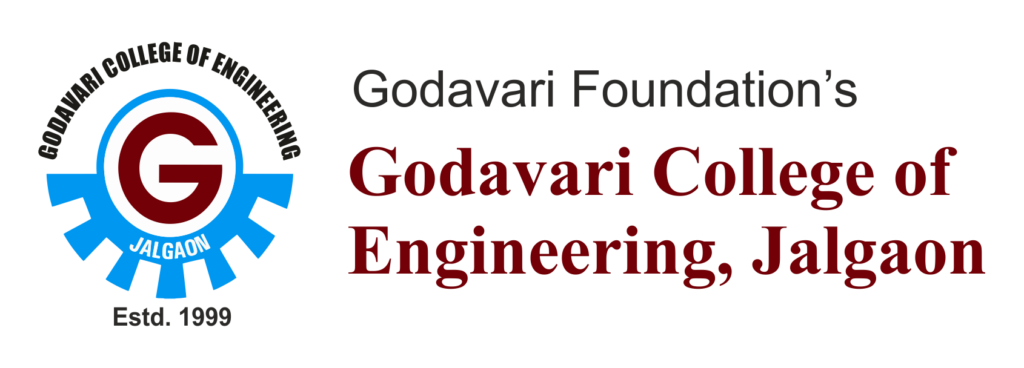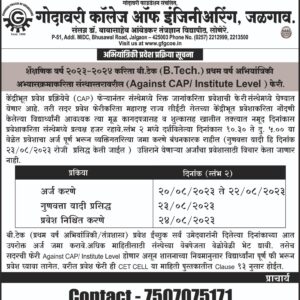COURSE OUTCOMES (COs)
MTECH VLSI Engineering
At the end of the course, the student should be able to:
Subject Name:-VLSI TECHNOLOGY AND DESIGN
| CO1: | Learner will be able to express technologies such as MOS, BiCMOS. |
| CO2: | Learner will get knowledge of design tools for CMOS. |
| CO3: | Learner will be able to design basic gates and their alternative circuits. |
| CO4: | Learner will be able to design and simulate combinational logic designs. |
| CO5: | Learner will be able to validate and test the design. |
Subject Name:-CMOS ANALOG CIRCUIT DESIGN
| CO1: | Learner will be able to express modeling of passive components. |
| CO2: | Learner will be able to interpret modeling parameters. |
| CO3: | Learner will be able to differentiate learn different architectures of CMOS amplifier. |
| CO4: | Learner will be able to design multistage CMOS operational amplifier. |
| CO5: | Learner will be able to characterize comparators. |
Subject Name:- ADVANCED EMBEDDED LOGIC
| CO1: | Learner will be able to list ARM instruction set. |
| CO2: | Learner will be able to interface I/O devices with ARM. |
| CO3: | Learner will be able to design, debug and simulate practical examples. |
| CO4: | Learner will be able to identify fault in the system. |
| CO5: | Learner will be have knowledge of different operating systems. |
Subject Name:- DIGITAL SYSTEM DESIGN
| CO1: | Learner will be able to identify mapping algorithms into architectures. |
| CO2: | Learner will be able to understand various delays in combinational circuit and its optimization methods. |
| CO3: | Learner will be able to understand circuit design of latches and flip-flops. |
| CO4: | Learner will be able to demonstrate combinational and sequential circuits of medium complexity that is based on VLSIs, and programmable logic devices.. |
| CO5: | Learner will be able to understand the advanced topics such as reconfigurable computing, partially reconfigurable, Pipeline reconfigurable architectures and block configurable.. |
Subject Name:-EMBEDDED C
| CO1: | Learner will be able to define embedded system. |
| CO2: | Learner will be able to classify between processors, programming languages, operating systems etc. |
| CO3: | Learner will be able to describe architecture of 8051 microcontroller. |
| CO4: | Learner will be able to write a program basic techniques for reading from port pins. |
| CO5: | Learner will learn concept of Object oriented programming. |
| CO6: | Learner will be able to create hardware delays using timers. |
| CO7: | Learner will be able to solve a real word problem using knowledge of embedded C. |
Subject Name:- COMMUNICATION SKILLS
| CO1: | Learner will be able to understand the fundamental principles of effective business communication. |
| CO2: | Learner will be able to apply the critical and creative thinking abilities necessary for effective communication in today’s business world. |
| CO3: | Learner will be able to organize and express ideas in writing and speaking to produce messages suitably tailored for the topic, objective, audience, communication medium and context. |
| CO4: | Learner will be able to demonstrate clarity, precision, conciseness and coherence in your use of language. |
| CO5: | Learner will be able to become more effective confident speakers and deliver persuasive presentations. |
Subject Name:- EMBEDDED REAL TIME OPERATING SYSTEMS
| CO1: | Learner will understand the Embedded Real Time software that is needed to run embedded systems. |
| CO2: | Learner will understand the open source RTOS and their usage.. |
| CO3: | Learner will understand the VxWorks RTOS and realtime application programming with it. |
| CO4: | Learner will be able to build device driver and kernel internal for Embedded OS & RTOS. |
Subject Name:- ADVANCED EMBEDDED LOGIC
| CO1: | Learner will be able to list ARM instruction set. |
| CO2: | Learner will be able to interface I/O devices with ARM. |
| CO3: | Learner will be able to design, debug and simulate practical examples. |
| CO4: | Learner will be able to identify fault in the system. |
| CO5: | Learner will be have knowledge of different operating systems. |
Subject Name:- CMOS MIXED SIGNAL CIRCUIT DESIGN
| CO1: | Learner will have knowledge of operation of switched capacitor cicuits. |
| CO2: | Learner will be able to design a filter network. |
| CO3: | Learner will be able to learn topology of PLL network. |
| CO4: | Learner will learn Data Converter Fundamentals. |
Subject Name:- DIGITAL SIGNAL PROCESSORS AND ARCHITECTURES
| CO1: | Learner will learn the architecture details fixed and floating point DSPs. |
| CO2: | Learner will Infer about the control instructions, interrupts, and pipeline operations, memory and buses. |
| CO3: | Learner will illustrate the features of on-chip peripheral devices and its interfacing with real time application devices. |
| CO4: | Learner will learn to implement the signal processing algorithms and applications in DSPs. |
| CO5: | Learner will learn the architecture of advanced DSPs. |
Subject Name:- SENSORS AND ACTUATORS
| CO1: | Learner will be able to characterize types sensors. |
| CO2: | Learner will be able to interpret working of different types of sensors. |
| CO3: | Learner will be able to describe application of sensor. |
| CO4: | Learner will be familiar with Actuation Systems. |
Subject Name:- INTERNET OF THINGS
| CO1: | Learner will be able to understand the meaning of internet in general and IOT in terms of layers, protocols, packets peer to peer communication. |
| CO2: | Learner will be able to interpret IOT working at transport layer with the help of various protocols. |
| CO3: | Learner will be able to understand IOT concept at data link layer. |
| CO4: | Learner will be able to apply the concept of mobile networking to the internet connected devices. |
| CO5: | Learner will be able to measure and schedule the performance of networked devices in IOT. |
| CO6: | Learner will be able to analyze the challenges involve in developing IOT architecture. |



